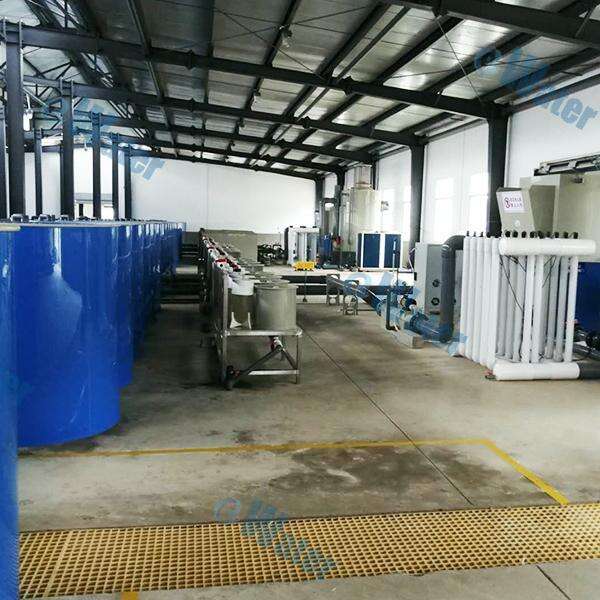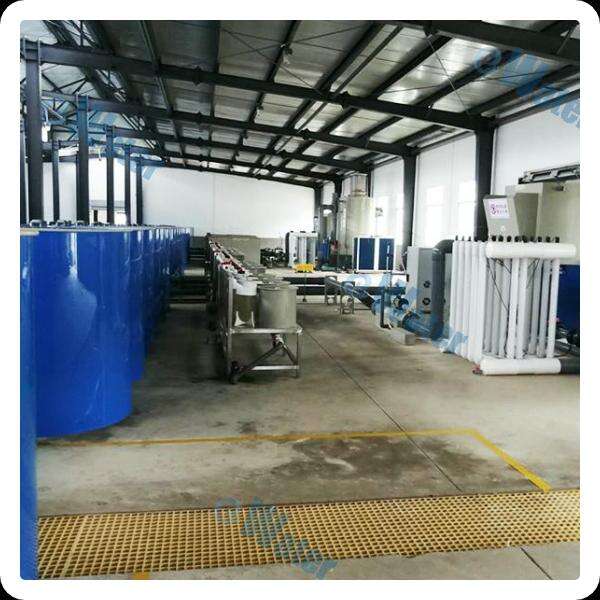Do you like seafood? Are you a fan of fish along with Mother Earth? If so then you may be interested in hearing more about recirculating aquaculture system fish farms or RAS!
The farm employs a unique procedure for the fish to be grown called RAS, which is very different from your traditional "fish farms" you might have heard of. In those conventional fish farms, fish are kept in large ponds or tanks to which water comes from the rivers or lakes. If the water is removed, it can also remove waste and old fish food. This removes the goods from that area into another location, damaging the environment which may lead to pollution and killing all nearby flora and fauna.
RAS fish farms operate in a different way. Fish are kept in tanks where the water is cleaned and recycled. It means RAS farms use a great deal less water than conventional farming—crucial. This water is recirculated, so there are no pollutants released into the air. This keeps our rivers and lakes clean, protecting the life in them.
RAS technology is helping to reshape fish farming, and in some very interesting ways. Previously, it was nearly impossible to raise fish as farmers had to face a lot of surprises and flipside. And now, with RAS farmers can monitor the health of their fish every single day. For instance, they can find out the water temperature, amount of oxygen in the water or how much food fish have. This way, fish are maintained in healthier conditions and support farmers to obtain a more predictable path of farming.

The best part about RAS is that it works more intelligently, helping farmers reduce their costs. Very little waste is produced as the water is treated and then used again. Which not only is great for the environment but helps farmers lower their water bill as well. RAS farms can be installed anywhere, even in areas where there are no bodies of water (rivers or lakes). Another benefit — it allows RAS fish farms to be constructed closer by human settlements. It also reduces the transportation because fish are being raised at or near towns and cities making it easier for them to sell. It even saves fuel, and therefore the environment.o

Traditional fishing can deplete the oceans, and as a growing segment of people worldwide want to eat fish that number is only going up. Because hell, how good is it for anyone when there are fewer fish in the sea? RAS fish farming is an ideal alternative to solve this problem as it helps guards the wild fish and environment. It gives farms the opportunity to raise large quantities of fish without leaving an environmental wake or affecting wild populations. That way, people can eat seafood knowing that the Earth similarly enjoys sustainable farming.

Nonetheless, scientists are constantly striving to improve RAS designs even further. They are trying to make better filters so that the water remains clean and they use less energy for running farms, Also prevent fishes from becoming sick. The future of fish farming with RAS techniques is a lot to expect. It could even be a local job creator, lower transportation costs and allow more people to afford sustainable seafood.
eWater manufactures most RAS recirculating aquaculture system ras fish farm. created Gen-3 Rotating drum filters Gen-2 protein skimmers Gen-3 Gen-3 oxygenation systems 2018. offer 3-year warranty promise provide quality products technical service. ISO/CE certification granted 2016.
We send engineers customers' project place facilitate installation qualifications on-site. create complete RAS project prints recirculating aquaculture system ras fish farm clients purpose preparing foundation their building develop feasible plan regards timeframe required labor prior installation.
eWater is recirculating aquaculture system ras fish farm supplier aquaculture, specializing recirculating aquaculture systems, works our customers find best solution requirements.
eWater constantly seeking new recirculating aquaculture system ras fish farm technologies reduced energy consumptions increased productivity. shipped 400 RAS globally successfully September 20th year 2022.
Our professional sales team are waiting for your consultation.